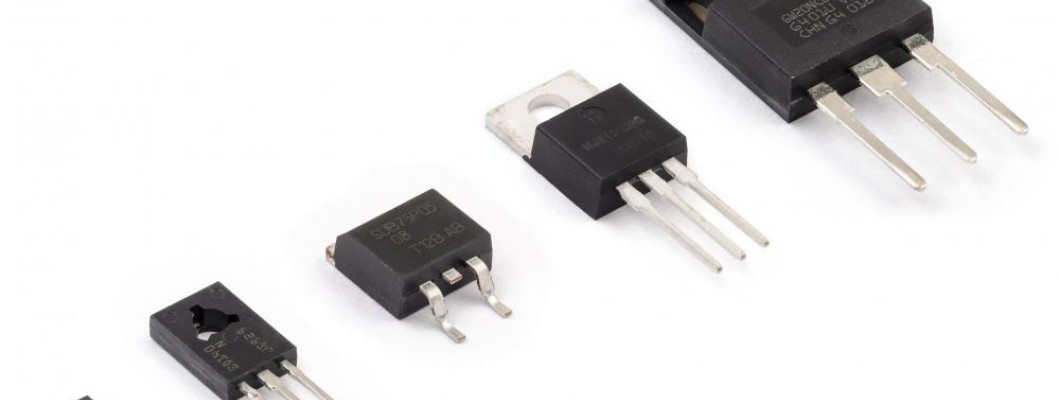
Understanding MOSFETs: Types, Operation, and Applications
Introduction: A Metal Oxide Semiconductor Field-effect Transistor (MOSFET) is a fundamental electronic component with wide-ranging applications. In this article, we'll delve into the basics, working principles, various types, and the practical applications of MOSFETs in today's electronic landscape.
What Is a MOSFET? A MOSFET, short for Metal Oxide Semiconductor Field-effect Transistor, is a type of field-effect transistor (FET) characterized by its insulated gate. This gate controls the device's conductivity by varying the applied voltage. MOSFETs are renowned for their versatility in switching and amplifying electronic signals. In fact, they have become more prevalent than Bipolar Junction Transistors (BJTs) in both digital and analog circuits.
Key Features: The gate of a MOSFET is typically made of silicon dioxide, providing isolation by preventing direct charge flow to the conducting channel. This isolation is crucial for proper device operation.
MOSFETs are often found in large numbers within memory chips and microprocessors, highlighting their significance in digital circuits.
Why Choose MOSFET Over BJT?


MOSFETs are particularly advantageous in amplifiers due to their near-infinite input impedance, which allows them to capture almost the entirety of incoming signals. They require minimal input current to control the load current, making them a preferred choice over BJTs.
MOSFET Structure: A MOSFET is a four-terminal device with Source (S), Drain (D), Gate (G), and Body (B) terminals. Typically, the body terminal is connected to the source terminal, effectively reducing the number of terminals to three. The width of the channel, through which charge carriers flow (electrons or holes), is regulated by the voltage applied to the gate, which is insulated from the channel by an extremely thin layer of metal oxide.
MOSFETs are sometimes referred to as Metal-Insulator-Semiconductor Field-Effect Transistors (MISFETs) or Insulated-Gate Field-Effect Transistors (IGFETs).
Types of MOSFETs: MOSFETs operate in two modes:
- Depletion Mode: In this mode, a positive Gate-Source voltage (VGS) is needed to turn the device "OFF." Depletion-mode MOSFETs act like "Normally Closed" switches.
- Enhancement Mode: Here, a positive Gate-Source voltage (VGS) is required to turn the device "ON." Enhancement-mode MOSFETs act like "Normally Open" switches.
MOSFETs are further categorized into:
- P-Channel Depletion MOSFET
- P-Channel Enhancement MOSFET
- N-Channel Depletion MOSFET
- N-Channel Enhancement MOSFET
Each type has its unique characteristics and applications.
Here's a differentiation between P-Channel and N-Channel MOSFETs:
P-Channel MOSFET:

- Charge Carrier Type: P-Channel MOSFETs primarily operate with positively charged holes as the charge carriers.
- Depletion Mode: In a P-Channel MOSFET, it operates in a depletion mode, meaning it requires a negative Gate-Source voltage (VGS) to turn the device ON. This mode is equivalent to a "Normally Closed" switch.
- Enhancement Mode: In P-Channel MOSFETs, applying a positive VGS is needed to switch the device OFF. This mode is equivalent to a "Normally Open" switch.
- Doping: The drain and source regions are heavily doped with p-type material, and the substrate is typically n-type.
- Current Flow: Current flows due to the movement of positively charged holes from the source to the drain when the device is in the ON state.
- Gate Voltage: A negative gate voltage repels electrons from the oxide layer, creating a channel for hole conduction.
N-Channel MOSFET:

- Charge Carrier Type: N-Channel MOSFETs primarily operate with negatively charged electrons as the charge carriers.
- Depletion Mode: N-Channel MOSFETs operate in a depletion mode, requiring a positive VGS to turn the device ON. This is equivalent to a "Normally Closed" switch.
- Enhancement Mode: In N-Channel MOSFETs, applying a positive VGS is needed to switch the device OFF, which is equivalent to a "Normally Open" switch.
- Doping: The drain and source regions are heavily doped with n-type material, and the substrate is typically p-type.
- Current Flow: Current flows due to the movement of negatively charged electrons from the source to the drain when the device is in the ON state.
- Gate Voltage: A positive gate voltage repels holes from the oxide layer, creating a channel for electron conduction.
MOSFET Working Principle: The working principle of a MOSFET revolves around the MOS capacitor. The semiconductor surface between the source and drain terminals can be inverted from p-type to n-type by applying positive or negative gate voltages. This inversion controls the flow of charge carriers (holes or electrons) and, consequently, the device's conductivity.
Applications: MOSFETs find application in various electronic systems, including:
- Amplifiers
- Regulation for DC Motors
- Construction of Chopper Amplifiers
- Switching and Amplifying Signals
For a more in-depth exploration of MOSFETs and to engage with our electronics community, you can visit our forum or check out our presentation slides here.
In conclusion, MOSFETs play a pivotal role in modern electronics, offering a versatile and efficient means of controlling electronic signals, and understanding their operation is crucial for electronics enthusiasts and professionals alike.
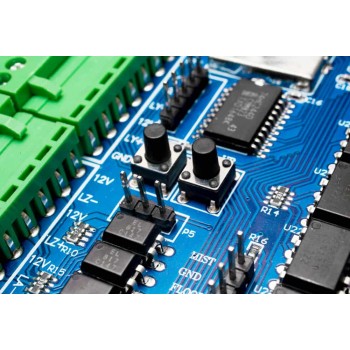
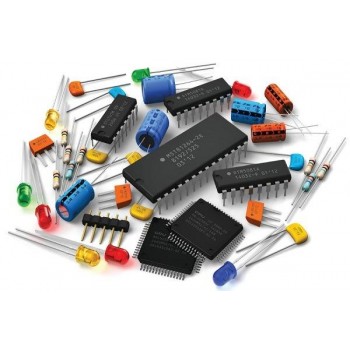
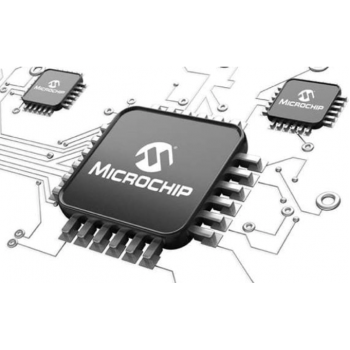
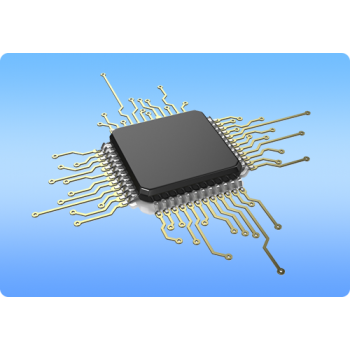
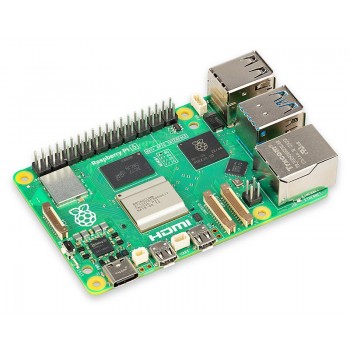
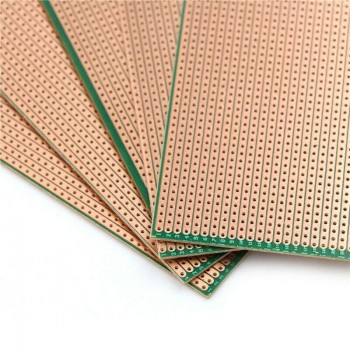
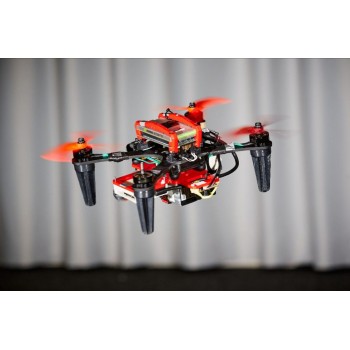
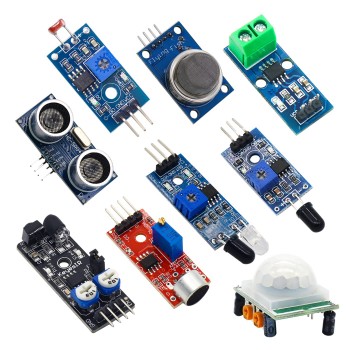





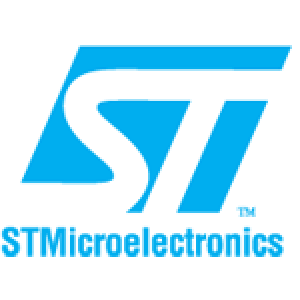


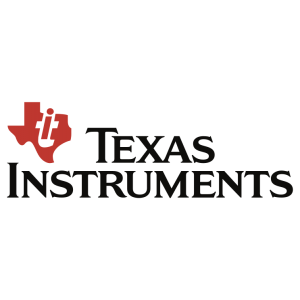




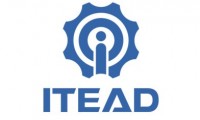




Comment